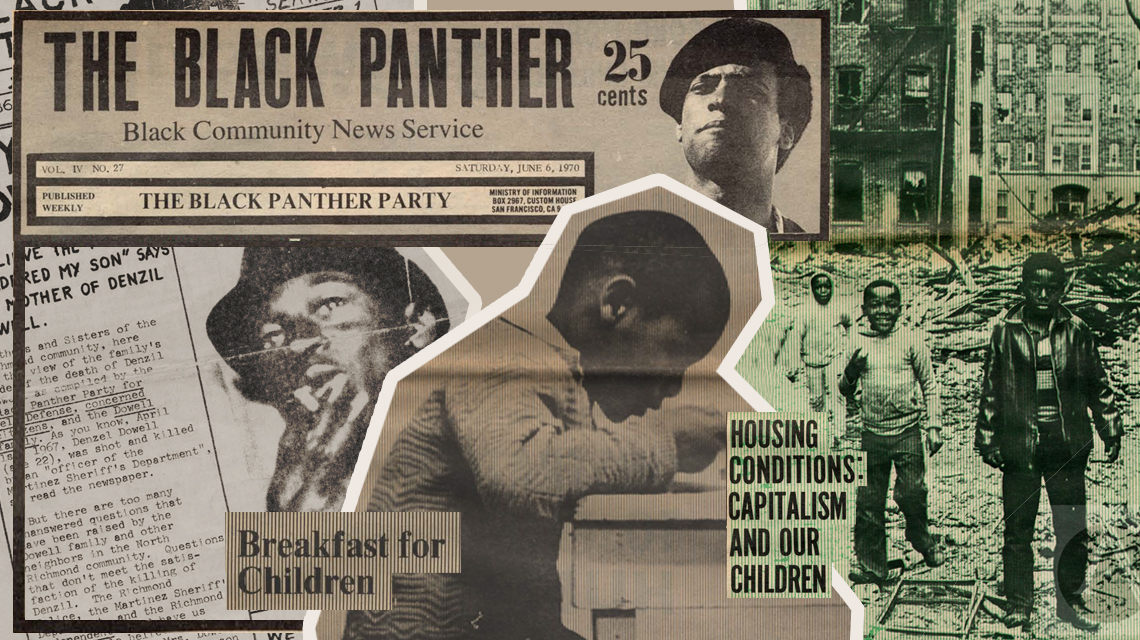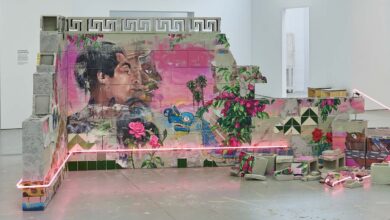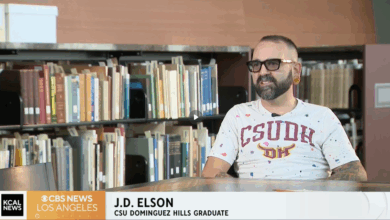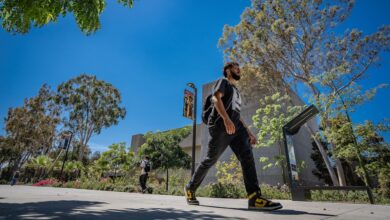 (Carson, CA.) California State University, Dominguez Hill’s (CSUDH) Gerth Archives and Special Collections has curated two digital exhibitions focused on the Black Power Movement through the lens of influential Black organizations and systemic racism in the pre-World War II housing industry.
(Carson, CA.) California State University, Dominguez Hill’s (CSUDH) Gerth Archives and Special Collections has curated two digital exhibitions focused on the Black Power Movement through the lens of influential Black organizations and systemic racism in the pre-World War II housing industry.
“Black Power: Selections from the Gerth Archives at CSU Dominguez Hills” is available at https://scalar.usc.edu/works/black-power-selections-from-the-gerth-archives-at-csu-dominguez-hills/index. This exhibition is also on physical display at Page Against the Machine Bookstore, located at 2714 E. 4th Street, Long Beach, CA 90814. The exhibit will close June 13.
“Black Power: Selections from the Gerth Archives at CSU Dominguez Hills” traces the roots of the Black Power movement through such mediums as newspapers, letters, flyers, and pamphlets. The materials were created by or focus on prominent Black organizations that formed in the 1950s and 1960s, such as the Black Panther Party, the Student Nonviolent Coordinating Committee, the Committee to Aid the Monroe Defendants, and the Congress of Racial Equality.
The articles and documents were chosen from the Holt Labor Library Periodical Collection, which was donated to the Gerth Archives in 2019. The exhibition is curated by Allison Ransom, the project archivist for the Holt collection.
“perpetual and binding forever:” Race and the Creation of a Los Angeles Subdivision will be on display indefinitely at https://scalar.usc.edu/works/tract-11556/index.
“’Perpetual and binding forever:’ Race and the Creation of a Los Angeles Subdivision” documents the Dominguez family’s efforts to purchase and develop a West Los Angeles subdivision in the late 1930s. In 1784, Spain granted Juan Jose Dominguez what would become Rancho San Pedro, a large expanse that at one time covered most of Los Angeles County’s South Bay region.
Researched and written by Thomas Philo, an archivist in the University Library, the exhibit helps illustrate the deep racism at the heart of the pre-World War II housing industry, and the devastation it caused communities of color. The subdivision required the approval of the Federal Housing Administration, which would only be granted if the project was designated for whites only, and the developers guaranteed the segregation remained intact through a strict racial covenant.
The exhibition features documents from the Rancho San Pedro Collection at CSUDH, with other primary and secondary sources, including various Rancho San Pedro/Dominguez Family Collections, which are among the Gerth Archives’ longest-held collections.









